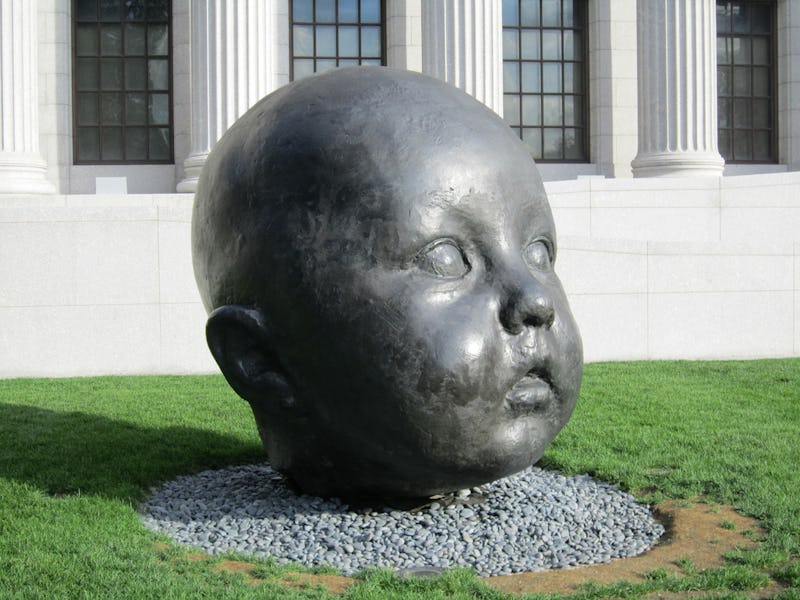Australian Officials Make Push to Legalize Three-Parent Babies
It could become the second country to legalize the technique.

After over two years of lobbying, some members of the Australian government have made big moves in their attempt to legalize three-parent babies. The controversial technique, which involves combining a third parent’s DNA with an embryo created through conventional means, is only legal in one other country: the UK. In early June, the Singapore government took steps to settling the debate around the technology, but as of June 27 it seems that Australia might be poised to become the second nation to allow the technique.
In a list of recommendations, a group called the Senate Community Affairs Reference Committee, made up of members of Parliament from the country’s various political parties, revealed the results of a three-month-long inquiry into the technique — known as mitochondrial replacement therapy (MRT) — and whether it’s really needed in Australia. For mothers who carry life-threatening diseases in their mitochondrial DNA, MRT is a way of ensuring the safety of their children. The SCARC report supports the introduction of pro-MRT legislation, but the Australian government has yet to respond to it.
Unsurprisingly, the technique is very controversial. Beyond the ethical questions raised about involving a third parent in the conception of a child, there is also the issue of whether MRT counts as genetic manipulation at the germline level. Most nations have laws prohibiting DNA editing in early embryos out of concerns it could create a slippery slope to a “designer baby” scenario. In the new report, the SCARC recommends that the National Health and Medical Research Council determine whether “mitochondrial donation is distinct from germline genetic modification” if it wants to move forward with the legislation.
The question will be a tough one to answer, as both the UK and Singapore have discovered, as it’s not easy to characterize what MRT actually involves.
Singapore is also in the midst of a national debate about allowing three-parent babies.
Mitochondria are tiny organs within all cells that are crucial to supplying the cell with energy. They have their own mitochondrial DNA (mtDNA) — about 37 genes’ worth of genetic material — which can accumulate mutations that cause diseases manifesting as muscle weakness, fatigue and seizures. Because of the way a human egg is fertilized with sperm, mtDNA is only passed on through the mother. The idea behind MRT is that, by removing a disease-carrying mitochondrion from a fertilized egg and replacing it with a healthy one from a different person, a mother can ensure her diseases are not passed on to her baby.
But is manipulating the mitochondria of the embryo — the cell that divides into all the other cells in the body of the baby — the same thing as genetic germline manipulation?
To answer this difficult question, the SCARC recommends that the Australian government check out how the UK has been dealing with MRT since it was legalized in 2016. Other groups supporting the introduction of MRT in the country, like the Australian Mitochondrial Disease Foundation, have called attention away from the ethical vagaries surrounding the method and back toward the people who could potentially benefit from it.
As AMDF chairman Dr. Doug Lingard said in an interview with Australia’s ABC News on June 27, “At least 60 Australian babies each year could be prevented from suffering severely disabling and potentially fatal forms of mitochondrial disease if mitochondrial donation was available here.”